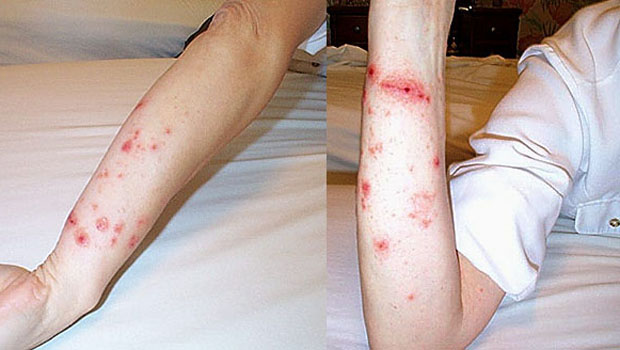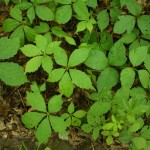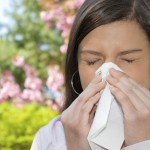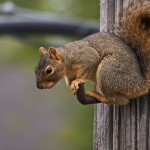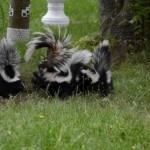Ways How To Get Rid Of Poison Ivy When You Contracted One
There are things that people will be curious of especially when they see a beautiful plant which they thought to be a nice to be in their garden collection, unknowingly that that beautiful plant can be poisonous or can trigger allergy once touch. Same goes for the plant called poison ivy (Toxicodendron radicans); it is a flowering plant which color ranges from yellow to green-white which is located in clusters above the leaves of the plant. It also bears fruit which is like berry that usually matures by August to November which is grayish-white in color.
Aside from the flower and the fruits, the leaves may also attract you because it has shiny and three almond shape which color ranges from light green which mean younger leaves to dark green which means mature one. During autumn the color of the leaves will turn into bright red. There are three species of poison ivy; the first one is the trailing vine that grows up from 10 centimeters to 25 centimeter tall. Next, the shrub that grows up to 1.2 meter tall and lastly, the climbing vine that likes to cling on trees or anything with support.
Poison ivy is usually found in the forest along with the tress which the sunshine is filtered. They also grow in rocky areas, open fields and even in disturbed environment. As a matter of fact they can grow in different variety of soil which pH ranges from 6 to 7.9 means that they can grow from acidic type of soil to the moderately alkaline one. They are not moisture sensitive that they also survive in area wherein in there is seasonal flooding though they cannot survive in the dessert. Poison ivy is usually found in North America, Mexico, and England but they can also be found in Asian county such as Taiwan and Japan.
Ways To Identify That It Is A Poison Ivy
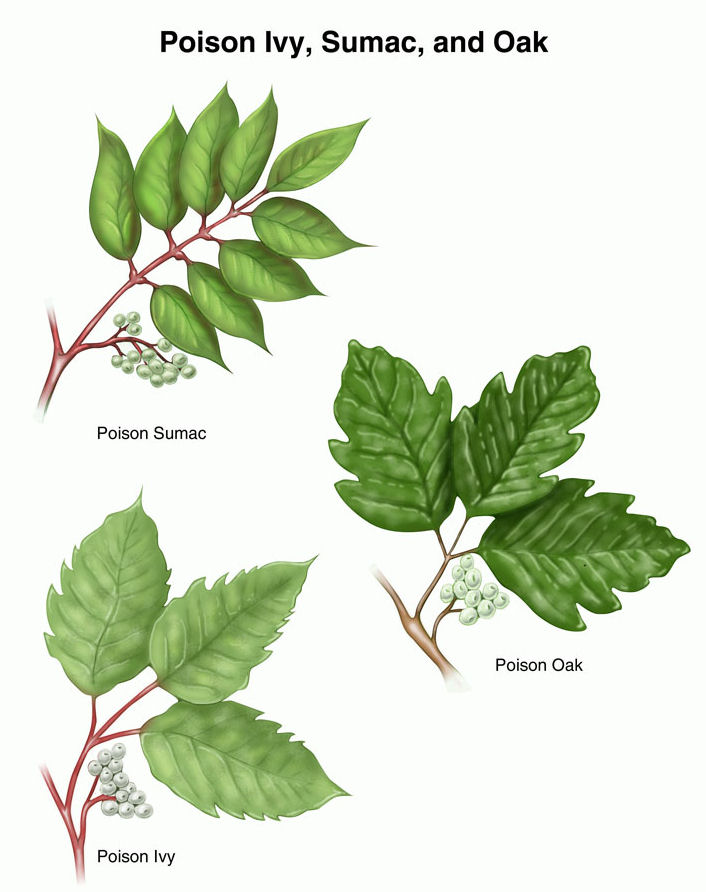
Take note of its distinct characteristics though they are difficult to identify in winter, first the leaves are clustered into three, second the arrangement of the leaf is in alternate manner. Third, the three clustered leaflets grows on of the absence its own stem and last, it lack of thorns. According to Wikipedia, there is a mnemonic rhyme to best describe the plant for you to be able to identify and avoid it easily and the rhyme goes this way
“Leaflet three, let it be”
“Hairy vine, no friend of mine”,
“Berries white, run in fright”, and
“Berries white, danger in sight”.
There are also ways on how to get rid of the plant literally. Remember not to burn the plant there are other ways to get rid of it.
• When you get rid of the plant you should cover your whole body in a way that there is no chance of your skin to touch any part of the plant, you should use boots. Wearing leather clothing is good because it won’t penetrate it; do not use rubber gloves to hold it because uroshiol can penetrate latex. You can also use cotton gloves covered in disposable plastics.
• You can also use herbicide in killing the plant; choose herbicide that does not kill the plant surrounding the poison ivy when used sparingly.
• After successfully killing the plant, you should remove the plant completely including the leaves, vines, and roots in the area because if not it will grow again.
• Do not dispose the plant in any compost pit because the uroshiol will take time to decompose thus exposing it to other people.
• Do not also chop the vine because it will just increase the rate of the soil absorbing uroshiol. You can dispose it safely by abiding with the regulation on your area.
The milky sap of the poison ivy that turns dark when expose to the air contains uroshiol, it is a compound that helps the plant to conserve or preserve water. touching any part of the plant aside from the sap which includes the leaves, branch, stems, flowers, berries, and even the roots with your skin it causes severe itching, red streaks in the skin area where the plant has touched, hives, and blisters wherein fluid may look. Other sign of allergic reaction includes difficulty breathing, blisters may be all over the body, and itching on the mouth, nose, face, and genitals these may consider as severe allergic reaction.
How to get rid of poison ivy when you had a contact with one
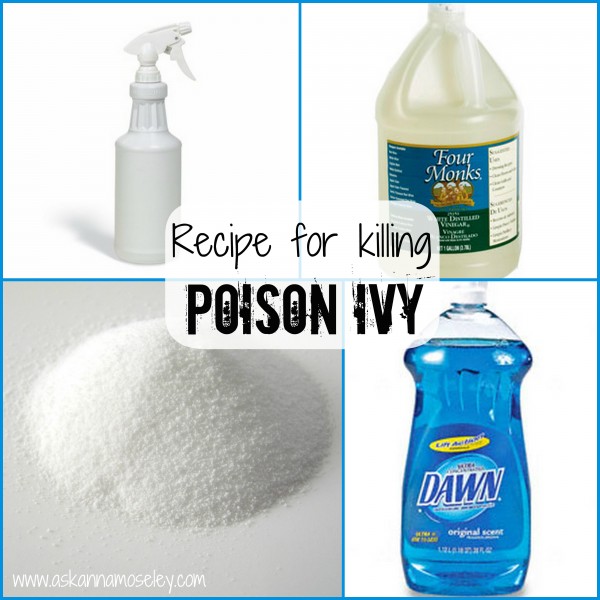
Immediately rinse the skin area with lukewarm water as soon as you can. Do not scratch the reddened area as by merely scratching can cause infection. Leave the blisters as it is, if it is leaking do not peel off the skin because exposing it to the air will harbor bacteria that can cause infection. Warm bath can also ease the itchiness, you can also use calamine lotion o hydrocortisone cream to reduce the inflammation and relieve the itchiness. Cold compress may also help as it has an anesthetic effect and do consider in taking anti histamine tablets.
Remember that the rash will appear with week after touching the plant and it will lasts to appear up to four week from the moment of touching it depending on the severity of allergic reaction. there are time when a person has touched the plant he may be hospitalized due to lung inflammation because he inhaled the smoke of burned poison ivy which causes difficulty breathing. As many people say prevention is better than cure that is why as much as possible avoid touching poison ivy.
During winter poison ivy has no leaves and they are hard to identify. There are ways that you can do to protect you from accidentally touching the tree, you can apply skin care product that is called as ivy block barrier. This product prevents your skin from absorbing uroshiol. You can buy it without any prescription. You should also use long sleeves, boots, long pants, and gloves even if you use ivy block barrier just to be sure.
How about you? Do you have any stories about getting in contact with poison ivy and how you deal with it?

